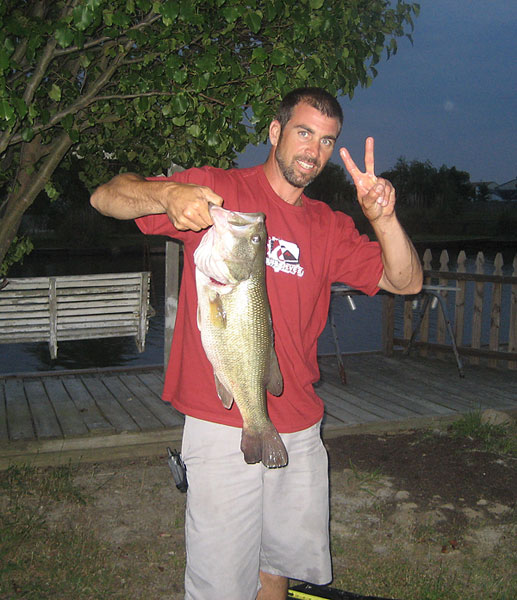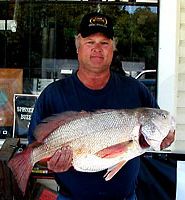Fishing Hand Made Lures, Part I:
Home Made Lures That Work
This year for my northern Wisconsin fishing trip I planned something a bit different. I wanted to see if I could catch fish using only lures that I made with my own hands; this would include flies, poppers, and casting lures. What follows is my chronicle of the good, the bad, and the ugly of fishing with your own tackle.
Making fishing lures has been a hobby of mine for a number of years. While I respect the carvers who make “fantasy” lures, I am more of a traditionalist—if it doesn’t work in the water, it gets rejected. And although some of my lures are original, more or less, there are others that are my homage to the lures of yesterday.
One of my favorite all time fishing lures is the Creek Chub Dingbat, so it was logical that when I began the current batch of carvings, I would make an attempt to fabricate an updated version of this all-time classic.
The first thing to do was to decide what I liked about the Creek Chub version, and what I might change. Having fished a Dingbat before, there were only three things I thought would make it more appropriate for the clear, deep waters of the Northern Wisconsin lakes I frequent. First, I thought I would make it larger as I always felt the Dingbat was a bit on the small size (and the Husky Dinger was basically a different lure). Second, I wanted to make it heavier so that it would both cast further and run deeper. And third, I wanted to increase the size of the diving plate to slightly increase wiggle and diving depth.
I chose a heavy grained pine wood to turn the body, which ended up being slightly rounder and thicker than the traditional lure, and cut the slot for the mouth piece, which would be attached by a screw from below. I made the diving lip from marine brass, and the line tie on the diving plate from a nail. This was followed by a pair of rounded brass tacks for eyes.
After sanding the body, I coated it with a base of primer and then used a dremel to recess the cup hardware and set the screws in with epoxy after having attached a pair of new Mustad trebles. I then decided to paint it in an orange coach dog color. The final step was to take dyed yellow bucktail, drill out two holes for the hair legs, and epoxy them in.
Then it was to the testing pond where the lip was adjusted so the lure ran perfectly. After having ascertained that the design was sound, I turned out three more, two of which I painted green frog and a third that was also painted orange coach dog.

 The lure as it appeared after some hard use.
The lure as it appeared after some hard use.This and a dozen other lures made up my angler’s kit for this trip—a small spinning lure, a grasshopper wobbler, a pikie minnow type, and several others including one of my favorite creations, the Turtle Lure.
It was a beautiful June day when I was first able to break out the Improved Dingbat. I discovered quickly that the lure ran about 16-18 feet deep, with a nice, tight little wiggle that would have made the original proud. It had neutral buoyancy (a nice bonus but one I did not plan).
We arrived off a large weed bed noted for being packed with fish. Literally the first cast and WHAM! A big hit that stopped the lure dead in its tracks. A few minutes later, and a new fishing lure got christened:

Several hours later and a half dozen fish in the boat, and we were satisfied. The first day of the fishing trip with homemade lures was a great success!
Stay tuned for Part II tomorrow.
-- Dr. Todd from Northern Wisconsin





















